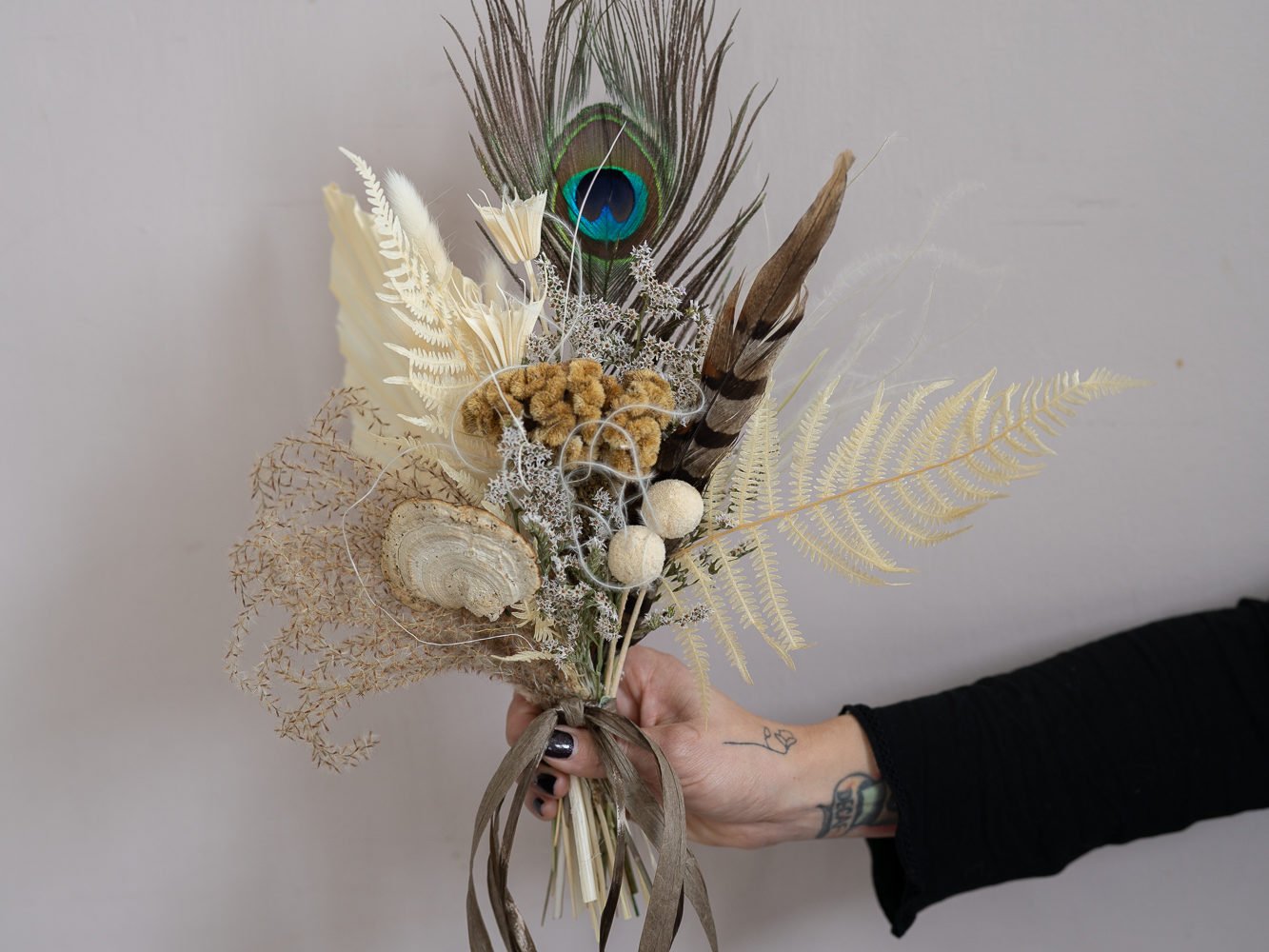Six months ago, I walked out without a word. I became my hairdresser’s equivalent of the guy who goes out for cigarettes and is never seen again.
I’m embarrassed about what I did—I owe him an explanation. We had a lot of good years and great haircuts together. Our relationship had survived a few infidelities. Each time I strayed, I returned repentant.
But this time? I could blame it on my move from Bethesda to Rockville, an altered work schedule, or a dozen other life changes. The truth is that I hated my hair and couldn’t explain why.
A woman’s relationship with the stylist who holds her head—and self-image—in his or her hands is an emotional one. We walk into a salon convinced that our hair is too thin, too thick, too curly, too straight, too gray, too brown, too boring. Many of us have unrealistic expectations about what a stylist can do, and we’re reluctant to tell the “artist” that the finished style isn’t what we had hoped to see in the mirror.
Sagi Levi, co-owner of Oxygen Hair Salon in Kensington, has his own parking-lot test. He looks out the window to see if a woman who just left the salon has reached her car. Most of the time, he’ll catch a client admiring herself in the rearview mirror. He’s also spied a few working frantically to redo what he just did. It happens, he says, when a client is unhappy but unwilling to admit it to the stylist.
I plead guilty. Sometimes I haven’t even reached the car before my fingers are pulling on my hair, trying to stretch strands that suddenly seem too short or to alter what I swore to the stylist was “just what I wanted.”
“Clients who complain love me,” says Ira Ludwick, owner of Progressions in Rockville. Feeling free to complain, he says, is an indication of open communication and a salon climate that isn’t intimidating.
Arezou Amini, a longtime stylist at DC’s Christophe Salon who now sees clients—such as me—privately, says customers fear the wrath of hairdressers if they question their work. And, Ludwick admits, some stylists can be temperamental.
Salon stylists are at the mercy of the clock—it’s hard to redo one client when another is waiting. “Letting a client leave a salon unhappy is a major problem,” Amini says.
Even an experienced colorist using the same formula as in the past can’t always predict the results, says Ludwick. Medication, hormones, even perspiration can affect color.
“If there is a problem,” Ludwick says, “the stylist needs to listen, apologize, and offer to redo the color.”
Sometimes the problem is that the stylist has succeeded too well. Ludwick confesses to being terrified by a client who announces: “The last haircut you gave me was the best—don’t change a thing.” It’s up to the client to bring in the photo or recreate the discussion that inspired the style, he says.
Then there are the “disasters” that no amount of discussion or professional skill can prevent. Amini remembers one client who asked for a major change. As soon as her hair was cut, she burst into tears and sat in the chair crying as Amini blew the hair dry. Amini felt so terrible that she insisted the client leave without paying for the cut.
A few days later, a check arrived from the woman. She had received so many compliments on her new hairdo that she came to love it herself.
How do stylists advise handling a breakup? All swear that a professional should take it in stride. “Sometimes you need fresh eyes,” Ludwick says. But none have advice on how to do it.
I decided to see what Miss Manners—a.k.a. Judith Martin—has said on the subject. This advice was in a column she wrote for MSN.com:
“Business is business, and one should be able to thank one professional and move on to another. Yet Miss Manners often hears from ladies who have sacrificed their satisfaction with their own hair for fear of devastating their hairdressers by moving on. She has always wondered if they exhibit the same delicacy toward unsatisfactory husbands.”
I finally decided to send a note to my old hairdresser, thanking him for all his fine work and blaming my altered lifestyle for my disappearance. In my heart I know the fault lies in my follicles and my hair fantasies, not in his artful scissors. Besides, I might be back.
This article first appeared in the September 2010 issue of The Washingtonian.









![Rockville-Town-Square-Library-View-[Credit-City-of-Rockville]-scaled-down - Washingtonian](https://www.washingtonian.com/wp-content/uploads/2024/02/Rockville-Town-Square-Library-View-Credit-City-of-Rockville-scaled-down-1500x1000.jpg)



